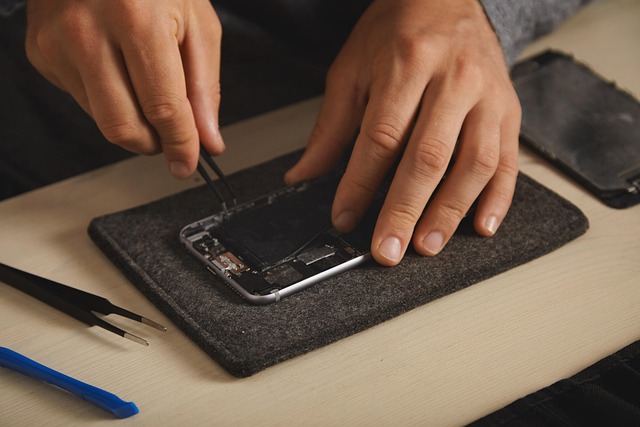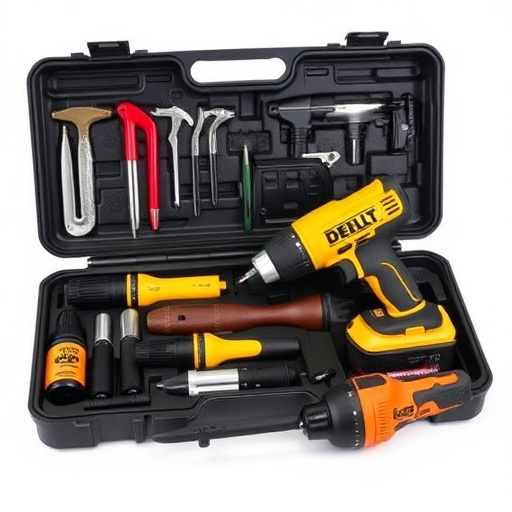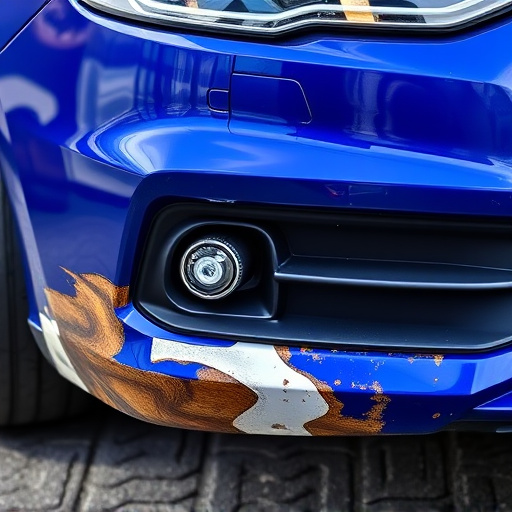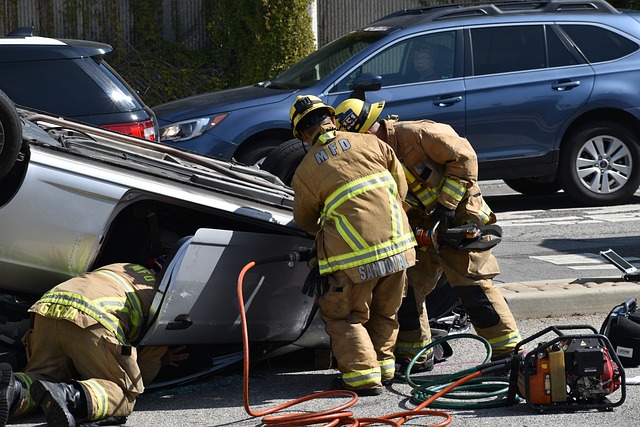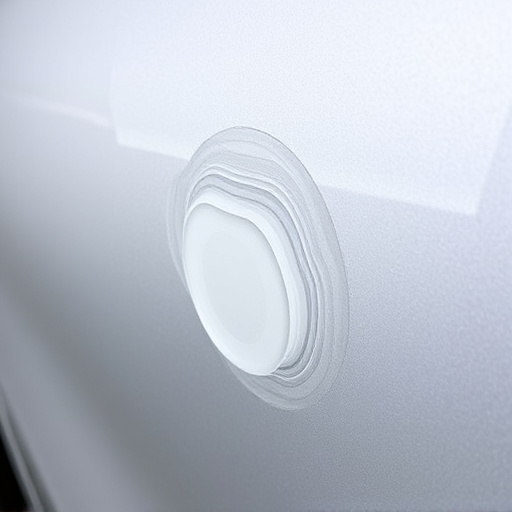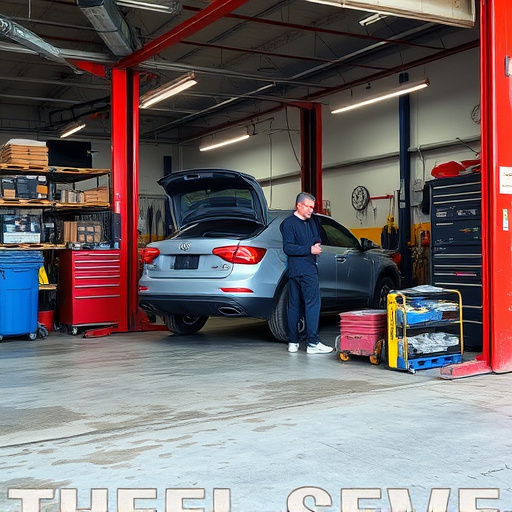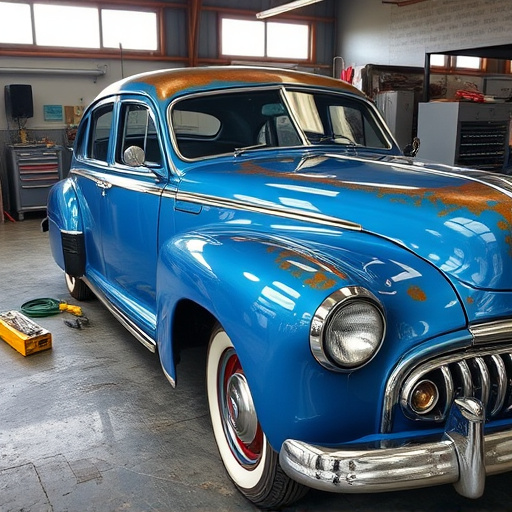A thorough brake system inspection after a collision is vital for safety and preventing future accidents. This process involves assessing all brake components using specialized tools to detect even minor issues, ensuring optimal performance and prolonging part life. Ignoring brake problems could lead to hazardous driving conditions due to interconnected automotive systems. Therefore, a meticulous post-collision brake testing is essential in the repair process to guarantee vehicle safety and handling.
Collision repair goes beyond visual fixes; it demands a thorough check of every critical component, and the brake system is no exception. A simple brake system inspection can reveal hidden damage, ensuring that post-crash vehicles are safe on the road. This article delves into the significance of this often-overlooked step, highlighting why comprehensive brake testing is essential after any collision. By the end, you’ll understand the vital role it plays in ensuring safety and peace of mind.
- Brake System Inspection: The Underrated Step in Collision Repair
- Why a Comprehensive Check is Essential After a Crash
- Ensuring Safety: The Role of Post-Collision Brake Testing
Brake System Inspection: The Underrated Step in Collision Repair
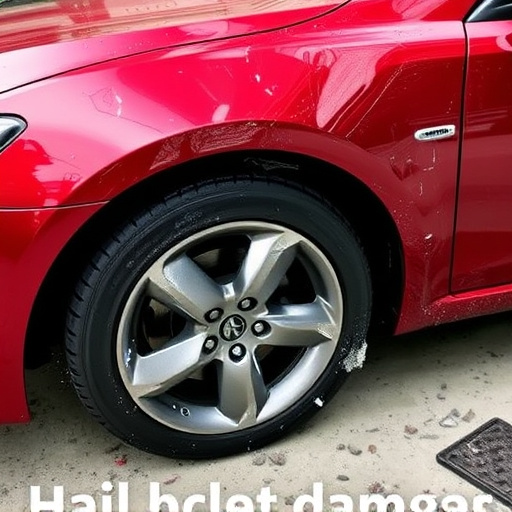
In the realm of collision repair, where every detail matters, an often-overlooked step stands out as crucial—the brake system inspection. While car dent removal and car collision repair are paramount, focusing solely on exterior and structural repairs overlooks a vital component of safety. A comprehensive collision repair process should never be complete without meticulously assessing and ensuring the integrity of the vehicle’s braking system.
This inspection involves more than just visually checking for damage; it encompasses a thorough evaluation of each component, from the brake pads and rotors to the fluid levels and lines. Skilled technicians utilize specialized tools and expertise to identify even the slightest anomalies, such as leaks, worn-out parts, or air in the system, which could compromise the brakes’ effectiveness. Regular brake system inspections not only guarantee optimal performance but also contribute to extending the life of the vehicle’s braking components, ultimately enhancing road safety for drivers and passengers alike.
Why a Comprehensive Check is Essential After a Crash
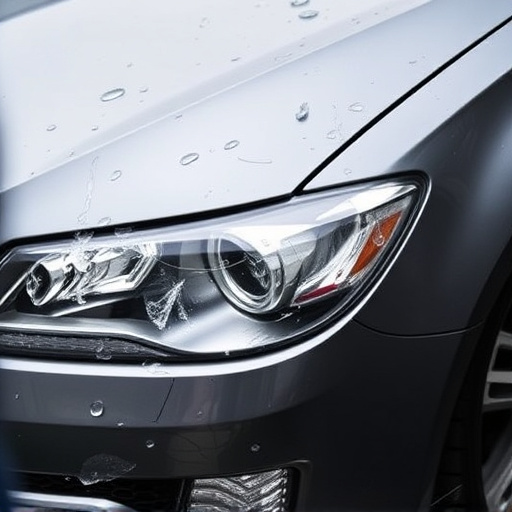
After a collision, ensuring that every component of your vehicle is thoroughly inspected and repaired is paramount. A comprehensive check, including a brake system inspection, is essential for several reasons. In the event of a crash, the force exerted on various parts of the car can cause significant damage, sometimes not immediately apparent to untrained eyes. The brake system, for instance, plays a critical role in ensuring both safety and control during driving. A thorough inspection goes beyond just visually assessing brakes; it involves testing the functionality, checking for wear and tear, and replacing any faulty components.
Ignoring potential issues in the brake system could lead to hazardous driving conditions post-repair. Other related services like fender repair and auto glass replacement are vital but cannot substitute for a complete brake check. The interdependence of automotive systems means that even seemingly unrelated damages could impact braking efficiency. Therefore, a meticulous inspection is not just a best practice but a necessary step to prevent future accidents and guarantee the safety of every journey after collision repair.
Ensuring Safety: The Role of Post-Collision Brake Testing
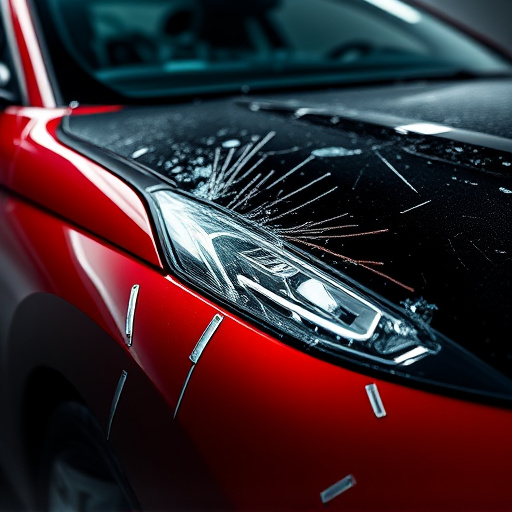
In the chaos following a collision, it’s easy to focus solely on visible damages such as dents and broken bumpers, and overlook critical systems like the brake system. However, ensuring safety isn’t just about aesthetics; it involves a thorough inspection of every component that affects control and stability. Post-collision brake testing is an indispensable step in the repair process, as brakes are a car’s lifelines, enabling drivers to stop swiftly and safely. A qualified mechanic will assess the brake pads, rotors, calipers, and hydraulic systems for any damage or wear, replacing or repairing them as needed.
Integrating this critical check into collision repair ensures that once the bumper repair and car paint services are complete, the vehicle not only looks good but also performs optimally. Dent repair alone isn’t enough; the brakes must be in top condition to prevent future accidents and ensure the safety of everyone on the road. This proactive approach underscores the importance of a holistic evaluation, where every part of the car is considered vital to its overall functionality and reliability.
A thorough brake system inspection should never be overlooked in collision repair. As discussed, these checks are crucial for ensuring safety and preventing future accidents. By combining a detailed inspection with post-collision brake testing, technicians can guarantee that vehicles are roadworthy and ready for the next journey. This simple yet vital step protects both drivers and other road users, making it an indispensable part of any effective collision repair process.
